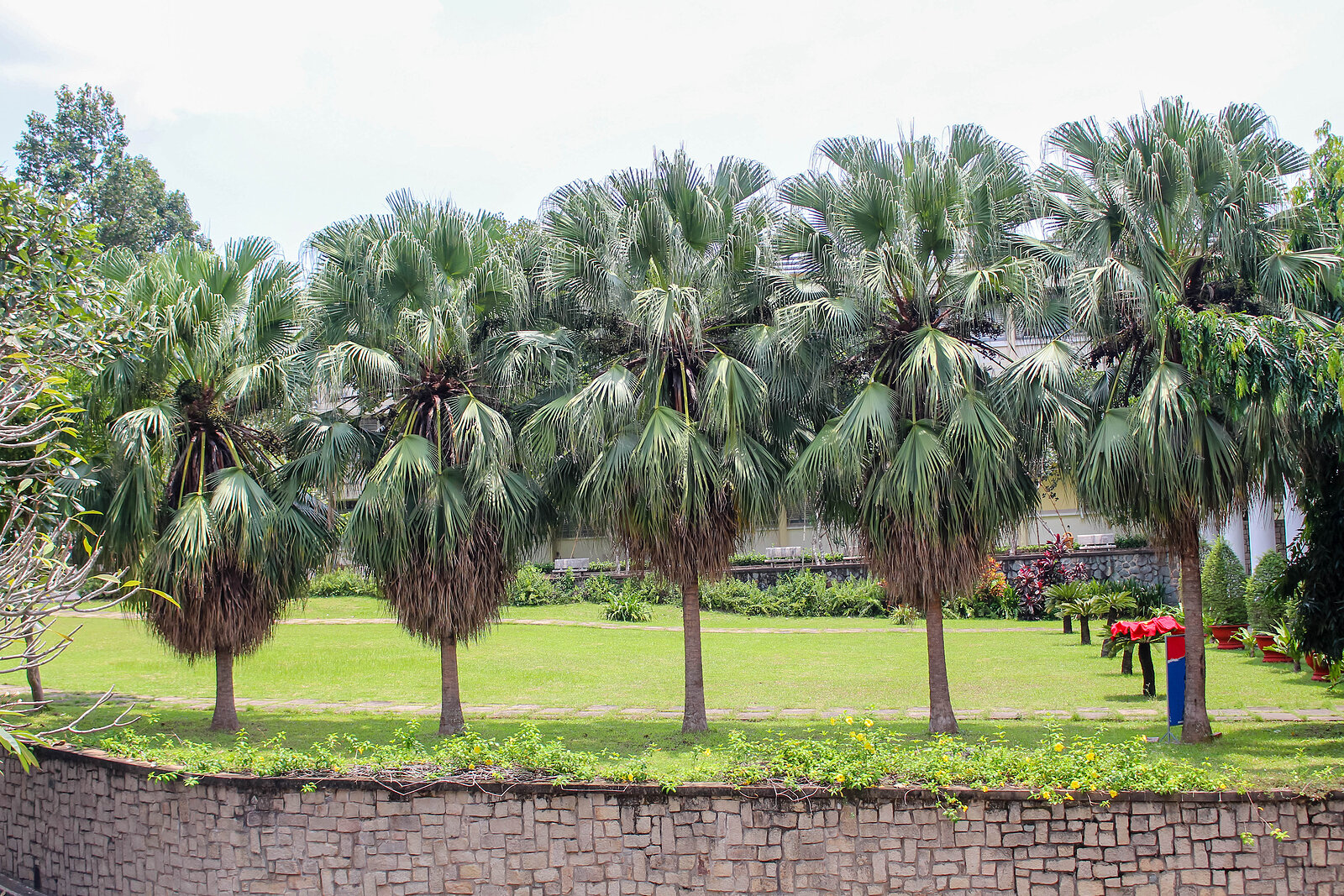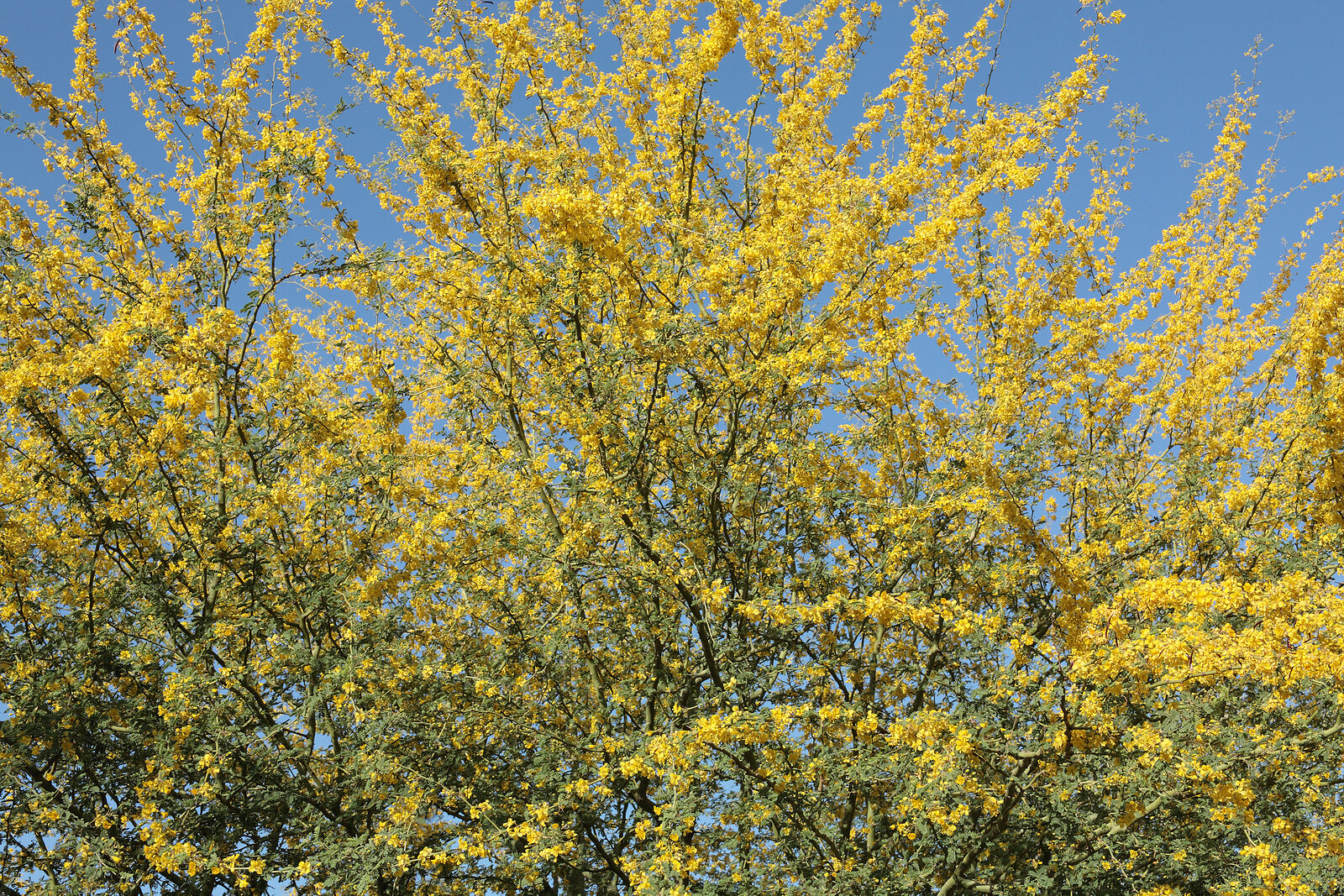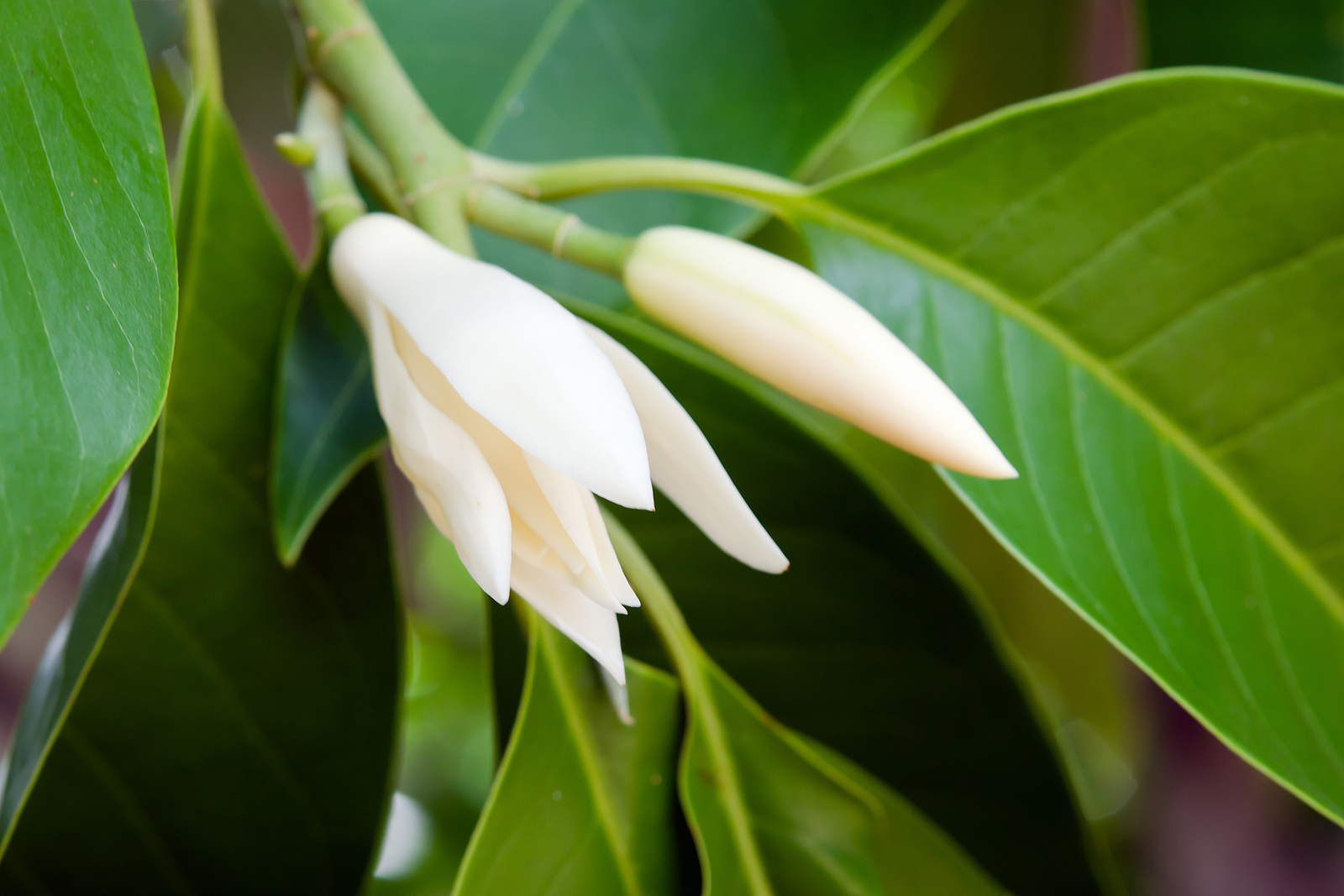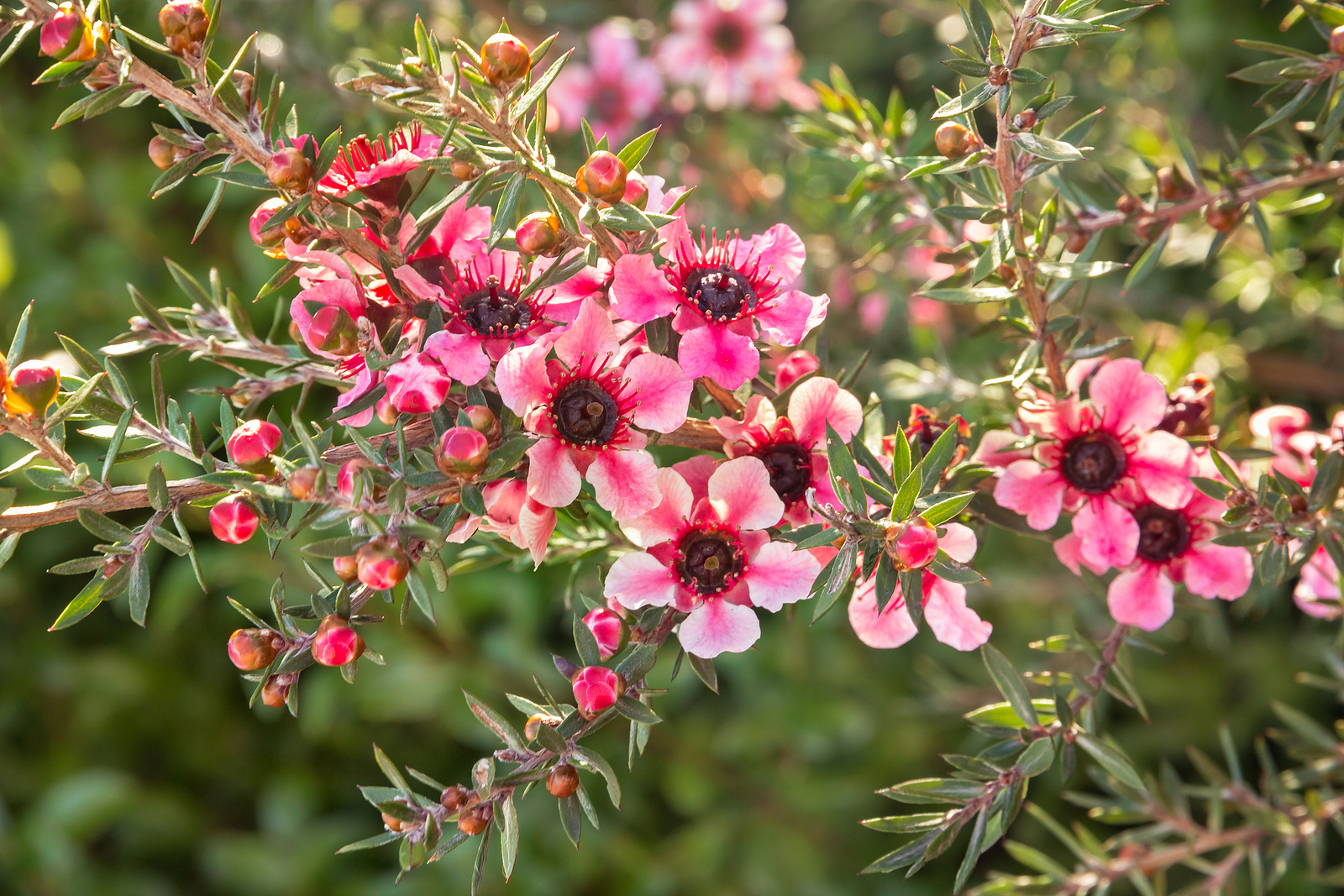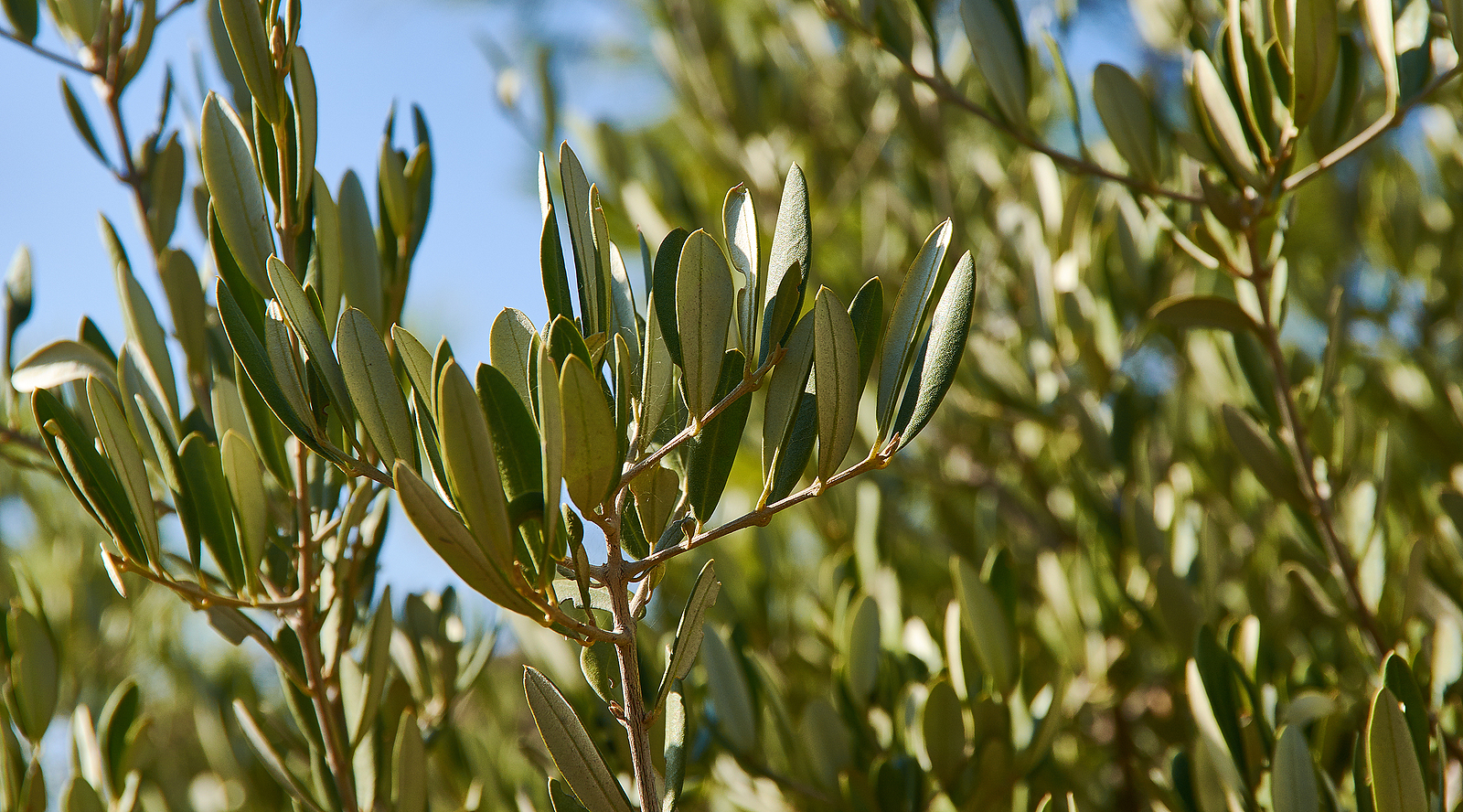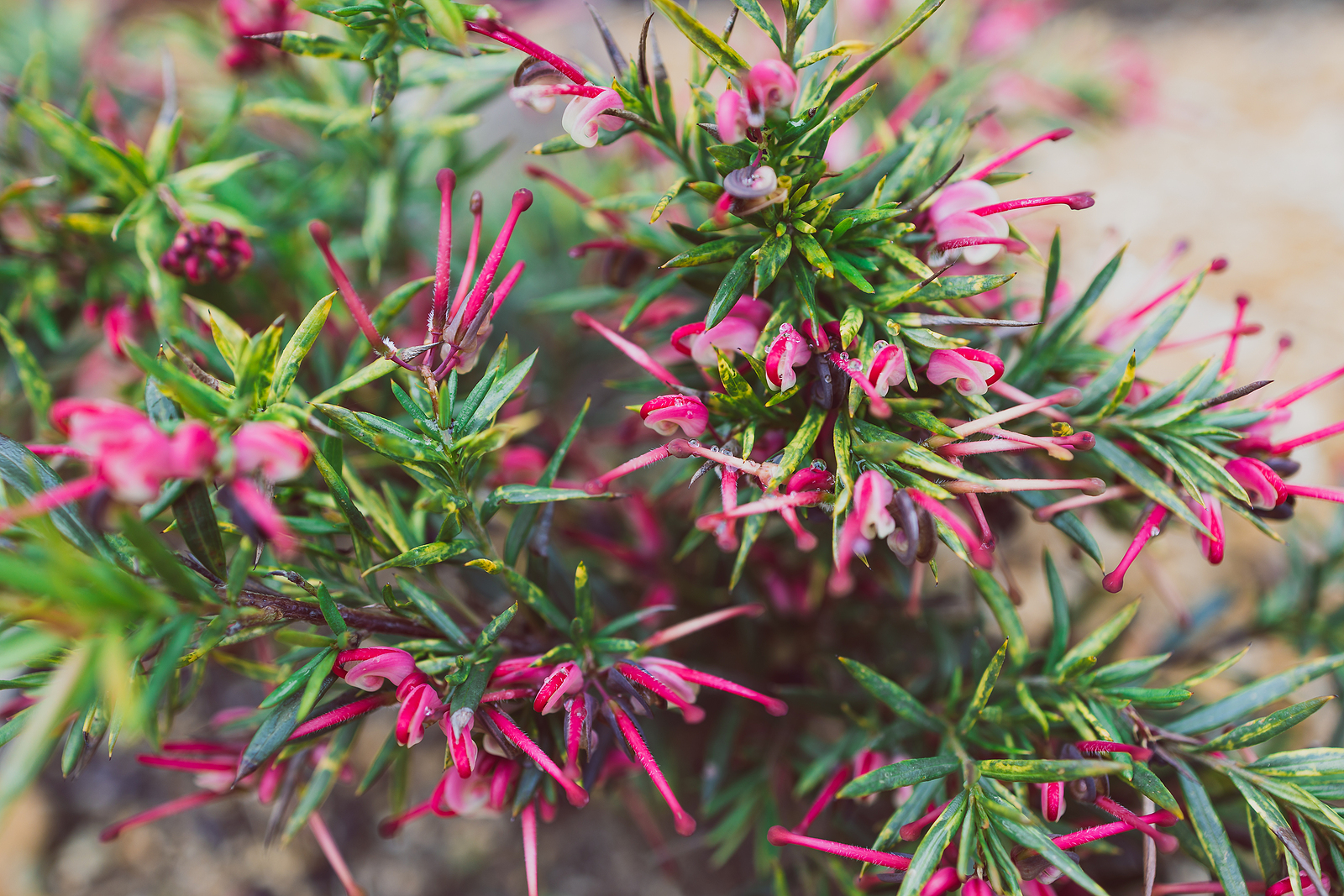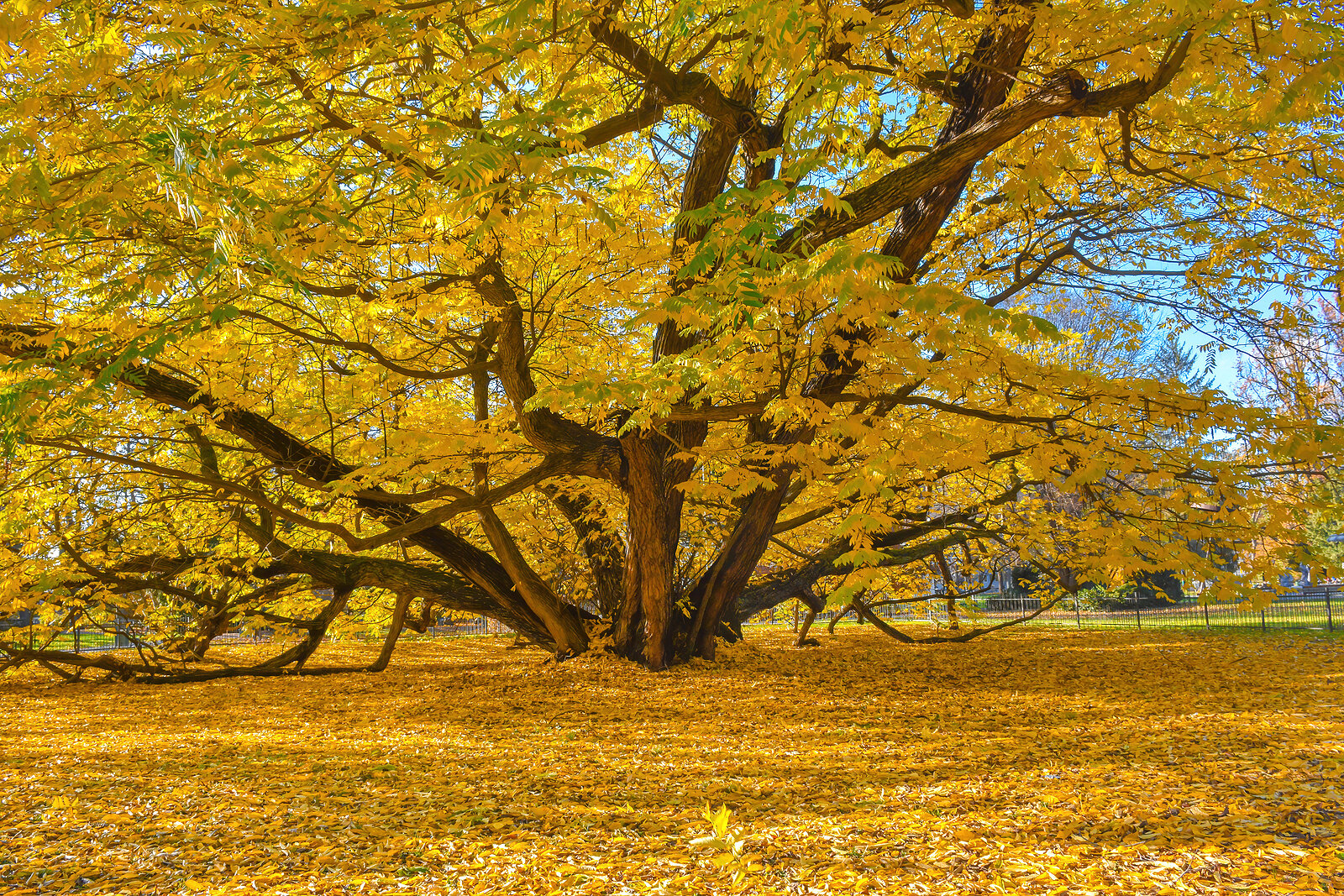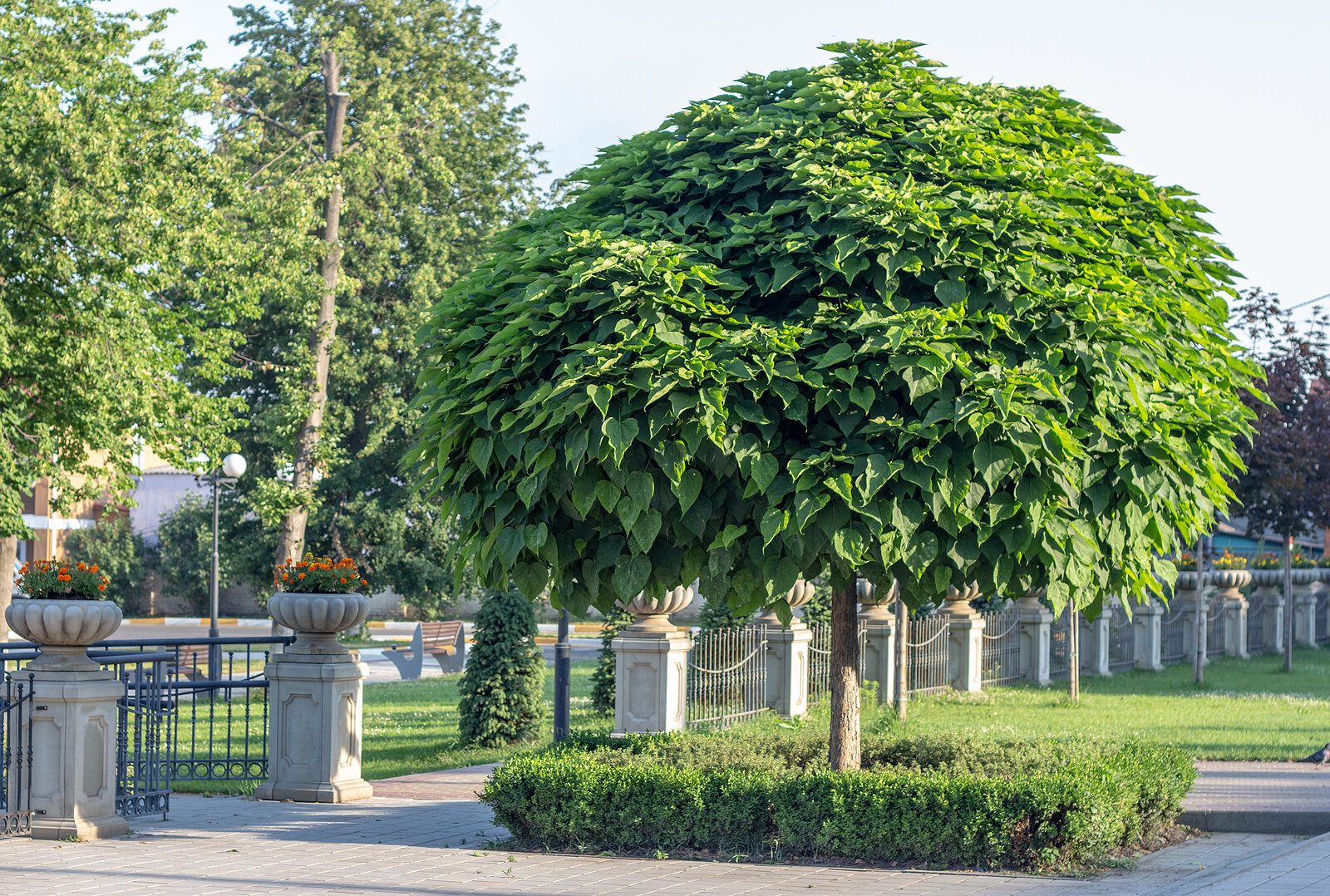How to Grow Fan Palm — Washingtonia
Washingtonia–commonly called fan palm–are palm trees with deeply lobed, fan-shaped leaves borne in terminal heads that form a dense, shaggy thatch around the trunk of the tree as the leafy fronds die back. Washingtonia grows 50 to 80 feet (15-25m) tall and 10 to 15 feet (3-5m) wide. They are best suited as street trees […] More

